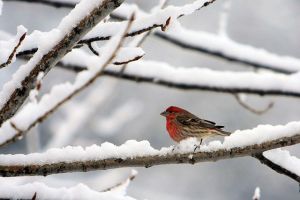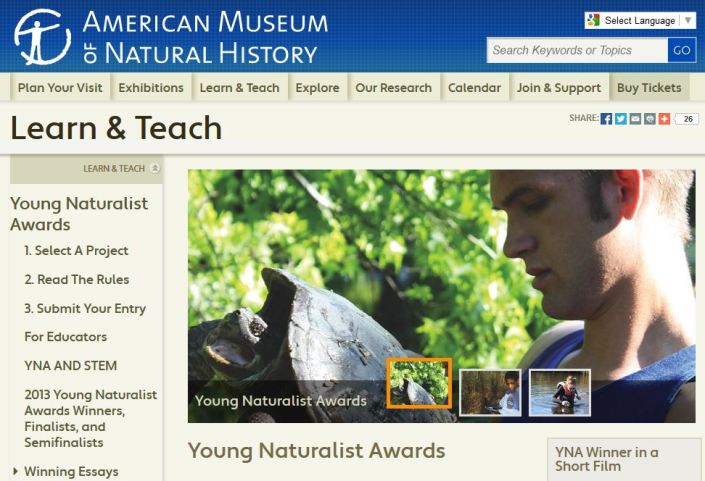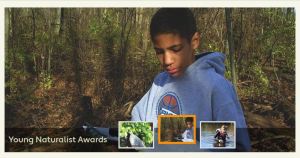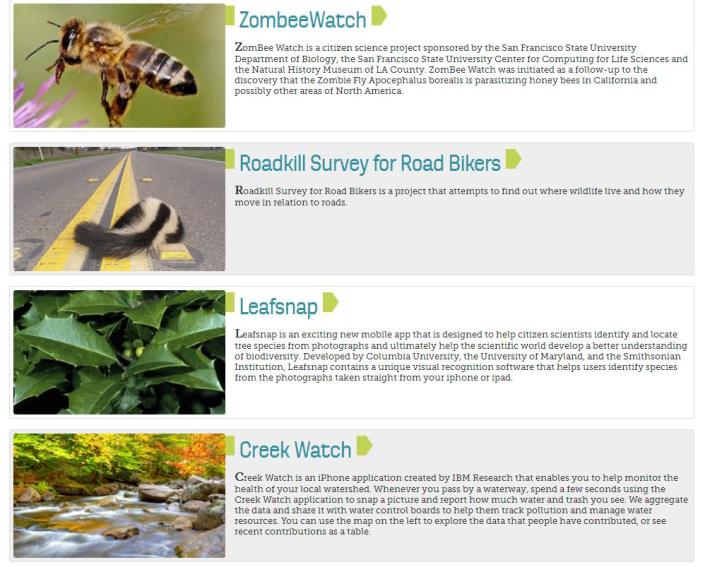Citizen Science
Christmas Bird Count in Your Region
Join The National Audubon Society‘s 114th Christmas Bird Count
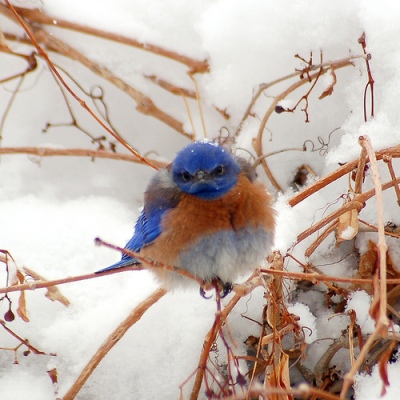 (Photo: Flicker Common Use Dana Orlosky)
(Photo: Flicker Common Use Dana Orlosky)
Each year brave and intrepid birders go out into the cold and snow to count birds for the Christmas Bird Count (CBC) with the National Audubon Society. Starting December 14th and going through December 1st people choose to join local birders from their region to help on one day during this rage. Participation is free and you can search for local clubs doing the count on this web page: http://netapp.audubon.org/CBC/public/default.aspx.
Do I Have to Be An Expert Bird Watcher?
No, you only have to have the desire to help, and you must coordinate with a regional coordinator. Many birders love having an extra set of eyes out in the field, even if you’re a new birder, and you’ll always be paired with at least one expert. If your home is within the boundaries of a search area you can even stay at home and report your sightings!
What is Involved in a Christmas Bird Count?
Here’s a printable program overview: http://birds.audubon.org/sites/default/files/documents/cbc_one_pager_2012-10-5-12.pdf
Each count area includes a 15 mile wide circle or zone in which to search. Zone leaders will break up groups to take smaller pieces of these areas. You might be assigned to help with shoreline surveys, forest surveys, field surveys, or along road sides and fields. Bird feeders are also a birder’s best friend too!
Depending on your time availability these surveys can run from 4 am-midnight, but you certainly don’t have to stay the entire time, it’s up to you. Many die-hard birders like to get up early to find the owls or work in 1/2 day chunks with other teams. Usually there is a meet-up, soup-circle, or tally-rally at the end where everyone reports in with their data sheets and they share their sightings and often a warm meal. Even if you’re not an expert birder you could help provide a warm dinner for those working to do the survey!
How Does This Data Help Scientists?
Data collected through these surveys allows researchers to find long term population trends for birds of North America, by crowd sourcing a large collection of data using citizen scientists. Information from these counts has been used when creating climate change reports and reports for fish and wildlife management organizations. It has also helped create a “Watch List” of birds that are threatened, declining, or endangered. If you’d like to learn more about how the data is used, and how to access the data visit the Audubon website http://birds.audubon.org/how-christmas-bird-count-helps-birds.
If you’re a birder and you’d be interested in helping compile your own bird count here is a link you can check out to learn more about becoming a Data Compiler for your region: http://birds.audubon.org/compilers-everything-you-need-know-run-your-cbc-count.
Master Naturalist Programs Across the US
Where Can You Learn to Be a Master Naturalist?
States with Master Naturalist Programs and Classes
After a successful nature walk, talk, or program I’m often asked about where I received my education, what it takes to be a naturalist or nature educator, and where to get trained. I came to being a naturalist through an indirect route of loving nature and studying it on my own very early on, we’re talking playground days. I started out in college studying Environmental Science and later picked up a Masters in Biology. However, along the way most of my naturalist skills have been through trial and error. These include reading books, using field guides, looking up neat things that I found on hikes, birding, looking for reptiles etc. If this all interests you then I’d suggest that you take some naturalist classes.
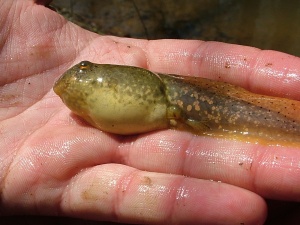
There are three types of naturalists:
1. You’re just a casual observer that is interested in nature, you like nature, occasionally look up a bird or two and you’re happy with that. You also get outside but the overwhelming abundance of plants, animals, etc. baffles and amazes you at times.
2. You love nature, getting outside, and learning all about what you see. You have many field guides that you use, you occasionally attend nature programs and talks, and you thirst for more knowledge of the natural world.
3. You’re a science or nature educator that is kept on their toes by having to learn and teach about nature, which means keeping one step ahead of your next science program. You also have a passion for science and nature and are always ready to learn more.
Regardless of which category you fall on this spectrum, there are many ways to “up” your game as a naturalist. One of the easiest ways is to just start teaching yourself using books, apps, and online resources. The next easiest way is to attend short classes, one or two hour walks or talks at a local science/nature education center. The most efficient way to become a naturalist is immersion, on your own or through classes. One form of immersion is something called the Master Naturalist Program. These programs are geared towards adults, but there are some for kids too.
What is A Master Naturalist?
There are many different variations of the “Master Naturalist” courses offered by different state, wildlife, and park organizations. Most include a series of classes designed to provide some form of certification. This certification says that you have mastered a variety of skills relating to nature and specifically the flora and fauna of a given region.
For example, a typical master naturalist class may include a series of one hour classes, or weekend all day classes, on ecosystems, watersheds, plant identification, bird identification, reptile and amphibian identification, aquatic invertebrates, soils, geology, or stars. The goal of these classes would be to give you a rudimentary working knowledge of these topics so that you could either use these skills personally or volunteer with outdoor or education organizations. Check out the Virginia Master Naturalist check list of things they cover in their classes.
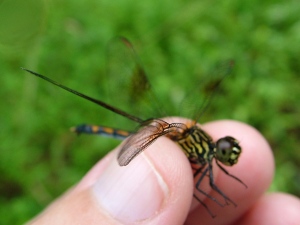
Some Master Naturalist programs require a certain number of community hours devoted to using the skills you learn in their classes (much like Master Gardeners). This could be anything, ranging from volunteering with a wetland restoration or teaching outdoor education classes.
How Much Do Master Naturalist Classes Cost?
The cost depends on the state and institution. Some classes are subsidized by grants or colleges and universities. The block of classes may range from $250-500 dollars. There may also be extra costs associated with the class for books, binoculars, or other supplies. Each organization lists their prices on their websites.
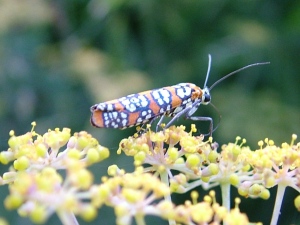
What States Offer Master Naturalist Programs?
- Alabama Master Naturalist Program: Alabama A&M and Auburn Universities Cooperative Extension Alabama Cooperative (40 hrs training, 15 hours service project, 30 hr. volunteer time)
- Arkansas Master Naturalist Program: (40 hrs. of training, 40 hrs. of volunteer time, 8 hrs. continuing ed)
- California Naturalist: University of California (varies by region)
- Florida Master Naturalist Program: University of Florida (24 hours of training)
- Georgia Master Naturalist Program: University of Georgia Warnell School of Forestry ($150-350, 48 hr. training)
- East Central Illinois Master Naturalists: University of Illinois Extension ($175, 70 hrs. of training, 60 volunteer hours)
- Indiana Master Naturalist Program: Indiana DNR (24 hours of training)
- Maryland Master Naturalist Program: University of Maryland Extension ($250, 60 hours of classes, 40 hrs. of volunteer time)
- Minnesota Master Naturalist Program: University of Minnesota Extension (Not stated on website)
- Missouri Master Naturalist: University of Missouri Extension (40 hrs. of training, 8-10 hr. project, 40 volunteer hrs.)
- Nevada Naturalist Program: University of Nevada (60 hr. instruction)
- New Jersey Volunteer Master Naturalist Program: Stockton College
- New York Quality Parks Master Naturalist Program: ($350, 45 hrs. of training)
- Ohio Certified Volunteer Naturalist Program: Ohio State University (40 hrs. training, 40 hrs. service project, 20 hrs. of service hrs., 8 hr. advanced training annually)
- Oklahoma Master Naturalists: (45 hrs. training)
- Oregon Master Naturalist Program: Oregon State University (training hours not listed, 40 hr. volunteering time, 8 hr. continuing cert. training)
- Pennsylvania Master Naturalist Program: The Schuylkill Center for Environmental Education (55 hours of training, 30 hr. volunteer services, 8 hr. advanced training: Year 2 and annually-20 hrs. of volunteer service and 12 hours of training)
- South Carolina Master Naturalist Program: Celmson University (12 week course, 30 hr. of volunteer time)
- Texas Master Naturalist Program: Texas A&M AgriLife Extension
- Virginia Master Naturalist Program: Virginia Tech (takes 6-12 months and 48 hours of classes, 40 hr. volunteer time)
- Wisconsin Master Naturalist Program: University of Wisoncsin ($250, 40 hr. training)
This is by no means a complete list. To see a complete listing visit the Wildlife Gardeners website. During cold weather it’s a great time to start planning for Spring and the classes you might get involved in.
Young Naturalists Awards Challenge (Grades 7-12)
American Museum of Natural History Young Naturalist Awards Challenges Students in STEM
Do you know students in grades 7-12 that love science and nature and conducting their own science experiment? The American Museum of Natural History, in New York, is hosting its annual Young Naturalist Awards challenge for students around the US. It is open to traditional students as well as home school students.
What Do You Have to Do to Enter?
For guidelines click here: http://www.amnh.org/learn-teach/young-naturalist-awards/1.-select-a-project.
Students must select a project for scientific inquiry. This means finding an area of interest from snowy owls to photosynthesis. Next students must ask a question, form a hypothesis, create an experimental design, conduct an experiment, record data, evaluate data, and synthesize findings. The link above has some great resources on how to choose a research topic and asking a good scientific question.
How is the Final Entry Presented?
For the rules page click here: http://www.amnh.org/learn-teach/young-naturalist-awards/2.-read-the-rules
Young naturalists may submit their experiment digitally in essay form, complete with graphs, photos, and illustrations. As mentioned on the museum website the essay length must fall within the following limits:
– Grades 7-8: 500-2,000 words
– Grades 9-10: 1,000-2,500 words
– Grades 11-12: 1,500-3,500 words
What are Some of the Previous Winners or Topics?
For past winners check out http://www.amnh.org/learn-teach/young-naturalist-awards/winning-essays2/2013-winning-essays
Some of the winning projects from 2013 were:
- A Study of the Effectiveness of Deer Repellents on The Eating Habits of White Tailed Deer
- Urban Birds in Central Park
- Weed Warefare: A Study of Allelopahty
- Bacterial Activity in Different Water Sources: A Squeal Comparative Study
- Floating Docks Provide Footing for Exotic Marine Species: Differences in Dock Substrate Types Within a Coastal Pond
Are There Resources for Educators?
Visit this page for educator resources http://www.amnh.org/learn-teach/young-naturalist-awards/for-educators
Yes! Above is a link to a complete page of resources for integrating the challenge into your classroom curriculum, particularly for STEM, as well as for parents that may want to encourage their students to do this independently. On the page link above you’ll find PDFs with information about choosing a research topic, asking questions, rules, rubrics, avoiding plagiarism, how to conduct research, planning experiments and more.
ENTRY SUBMISSIONS: When I last checked their website the main page said December 1st 2012-March 1st 2013, BUT they are actually accepting submissions for 2014 starting December 1st, 2013 through March 1st, 2014. Yes, the contest is still going on, so don’t be fooled by their web page.
A Comprehensive Site to Search for Citizen Science Projects
Review of SciStarter, Citizen Science Project Searchable Website
It’s not often that I come across well organized and useful sites that pulls together science resources globally and locally, but SciStarter (http://scistarter.com/) is one. For me, this is a five star website. Scistarter has been featured in Discover Magazine, NPR, WIRED, and BBC. On it’s face it looks very simple, a searchable site for citizen science projects to get involved with.
The website is quite extensive, so they make it easy to search by where you’d like to become involved with citizen science, this is the “Pick an Activity” drop down menu (home, school, on a walk or run, hiking, at an aquarium, at sports stadiums, etc.). On the project finder page you can also search by state or region.
If you’d rather search by a field of interest they have a second drop down menu of “Topics.” These include physics, biology, birds, sound, transportation, ocean and water, ecology, food, health and medicine, insects, and more.
When you click on a a field of interest or activity you’re taken to a nice menu of photos and short descriptions of activities. Each link will lead you to more information and the website of the organization. The interesting thing about this site is that it has global and local projects. You can find shark observation projects, bird watching projects, activities to do at home that are crowd sourcing such as seal counting under arctic ice, assembling DNA fragments, mapping brain paths, and mapping the human microbe biomes. There’s a lot to this site and it will keep you busy!
If you like you can also join SciStarter’s e-Newsletter or online blog (http://scistarter.com/blog/) for new projects and events.
Visit this link http://scistarter.com/blog/2013/11/thought-experiment-rock-vomit/ to see my guest blog post about the new Smithsonian Environmental Research Center “Thought Project” citizen science.

